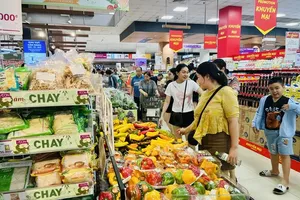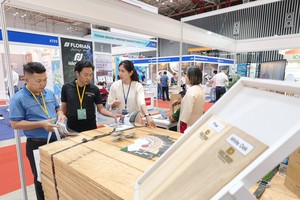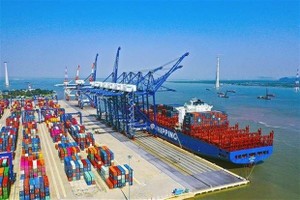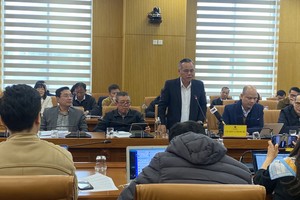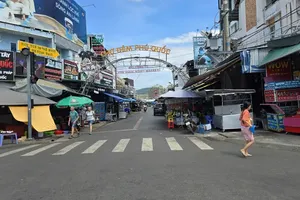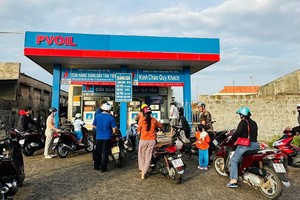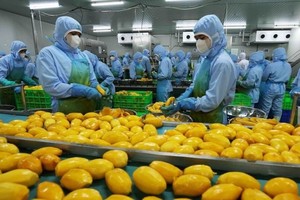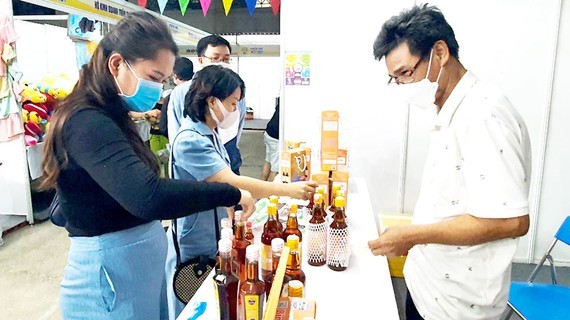
Sited at the center of 1,700-hectare Sa Huynh Cultural and Historical Relics Area (in Duc Pho District of Quang Ngai Province), Go Co Village houses 83 families. The village has lately become more well-known as a pristine, mysterious community tourism destination, where visitors can experience an ancient living environment dated back 2,500-3,000 years.
Director of Go Co Community Tourism Cooperative Nguyen Thi Diem Kieu recalled that Go Co Village used to be the poorest in the whole area, and most young people had to leave their hometown looking for job to support their family. Thanks to the determination of some daring pioneers and the support of the localities, Go Co Village has gradually transformed into such a thriving community for tourism, welcoming back their young natives to contribute to the commercialization of local products and services.
In December 2020, this tourism village was proudly classified as a three-star OCOP, which in turn became the foundation for the establishment of Go Co Village Heritage Park. At present, there are nine community tourism teams to exploit an area of 105ha at the center of Sa Huynh Relics Area. They offer such services as homestay, traditional cooking and dining, Bai Choi (a combination of traditional music, poetry, and acting), singing performances, traditional farming and boat rowing activities.
Sharing a similar story is Nam O coastal village near Da Nang City. This is the birthplace of fish sauce in the central region of Vietnam. The village’s renowned fish sauce has been titled a four-star OCOP. As stated by 69-year-old villager Le Nguyen Hoang Tam, her family has produced fish sauce from generation to generation for 35 years, alongside the development of this village. She commented that besides this famous product, her village is still able to maintain many cultural relics, charming landscapes.
In the central provinces of Binh Dinh and Phu Yen, many poor coastal villages owning captivating landscapes, unique geological sediments, and attractive relics are now considering the possibility of tourism development.
Located between the two branches of Kon River, having several well-maintained houses built from the Tay Son period, Thuan Nghia vegetable village (in Tay Son District of Binh Dinh Province) now both observes the VietGAP produce standards and promotes community tourism.
Similarly, Moc Mien Rocky Garden of An My Agricultural and Community Tourism Cooperative (in Tuy An District of Phu Yen Province) has just been classified as a four-star OCOP. The garden serves as a tourism and educational site. An My Cooperative has recently signed a contract with Ho Chi Minh City Immigration Investment Co. to train farmers to work in Australia. Besides, the garden also offers tours for students and children to experience a day as a farmer taking care of animals and plants.
According to Dr. Cao Tri Dung, Vice Chairman of Vietnam Society of Travel Agents – the Central branch, one of the core factor to successfully and sustainably develop local specialties is to have the whole village or the product owner develop as well.
In addition, tourism OCOP needs to form an experience value chain having more community characteristics and local imprints. Each OCOP should have its own unique and attractive story to catch the attention of visitors and help spread the news about the products further worldwide.
